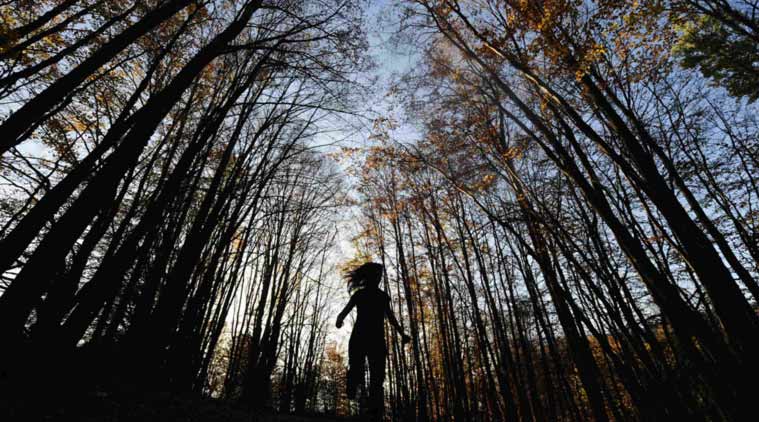The Forest Survey of India’s biennial report released on Friday showcased how India has added 3,775 sq km to its green cover since 2013. It also reported an increase of 2,402 sq km in the very dense forest category that had remained static since 2007.
Behind these happy figures, the report recorded a loss of 2,511 sq km of very dense and mid-dense forests that have been completely wiped out, and become non-forest areas since 2013.

While an area of at least 1 hectare (0.01 sq km) with a canopy density of 10% is considered forest, prime forests are classified as very dense and mid-dense with canopy densities of at least 70% and 40% respectively.
Figures extrapolated from the 2015 report show that while 2,511 sq km of prime forests have disappeared altogether, 1,135 sq km of non-forest areas have become either very dense or mid-dense forests during that time.
But this can hardly offset the loss, because these new forests are mostly plantations or areas that were already forests, but had not been recorded until now.
“Yes, it is impossible for a non-forest area to become a dense forest in two years. Some of these are plantations that have grown enough to be identified in satellite images. And there were certain existing forest areas that were not clearly identifiable from the images earlier,” said Dr Anmol Kumar, director general, Forest Survey of India.
Even accounting for the non-forest areas now recorded as dense and mid-dense forests, the net loss of forests in these prime categories works out to be 1,376 sq km — more than twice the area of Mumbai — in two years. The states of J&K, Uttarakhand, Meghalaya, Kerala, Arunachal Pradesh, Karnataka, Uttar Pradesh, Telangana and Manipur, and the Andaman & Nicobar Islands took major hits.
On the other hand, the overall gain of 2,402 sq km of very dense forests since 2013 is largely due to positive results from the Andaman and Nicobar Islands, Uttar Pradesh and Tamil Nadu. The archipelago has gained a remarkable 1,932 sq km of very dense forests, putting 5,686 sq km — or 84% — of its entire forest cover of 6,751 sq km under the top category. Uttar Pradesh added 572 sq km of very dense forest — a jump of 35% since 2013. Tamil Nadu reported a net gain of 100 sq km of very dense forest.
Story continues below this ad
“We have planted a lot of mangroves since the tsunami. Under the forest improvement scheme, we also do regular plantations in the gap areas inside mid-density forests. And timber extraction was reduced to one-eighth of the one lakh tonne quota in 2002. All these efforts are now showing results,” said Omkar Singh, principal chief conservator of forests, A&N Islands.
Asked if the report’s emphasis on net gain is deceptive since it over-compensates the loss of prime forests with plantations, Dr Kumar underlined the “overall stability” of the country’s forest cover.
“What is wrong with plantations? Other than old root stocks coming up, that is the only way forests can be created. Private commercial monoculture plantations are there but the (forest) department plants only mixed native species. The net gain, however small, indicates we have stability,” he said.
Loss Of Prime Forests (2013-2015)
Very dense forest to non-forest 257
Non-forest to very dense forest 157
Net loss of very dense forest 100
Mid-dense to non-forest 2,254
Non-forest to mid-dense forest 978
Net loss of mid-dense forest 1,276
Total loss of prime forest 1,376
*In sq km

 Figures extrapolated from the 2015 report show that while 2,511 sq km of prime forests have disappeared altogether, 1,135 sq km of non-forest areas have become either very dense or mid-dense forests during that time.
Figures extrapolated from the 2015 report show that while 2,511 sq km of prime forests have disappeared altogether, 1,135 sq km of non-forest areas have become either very dense or mid-dense forests during that time.






